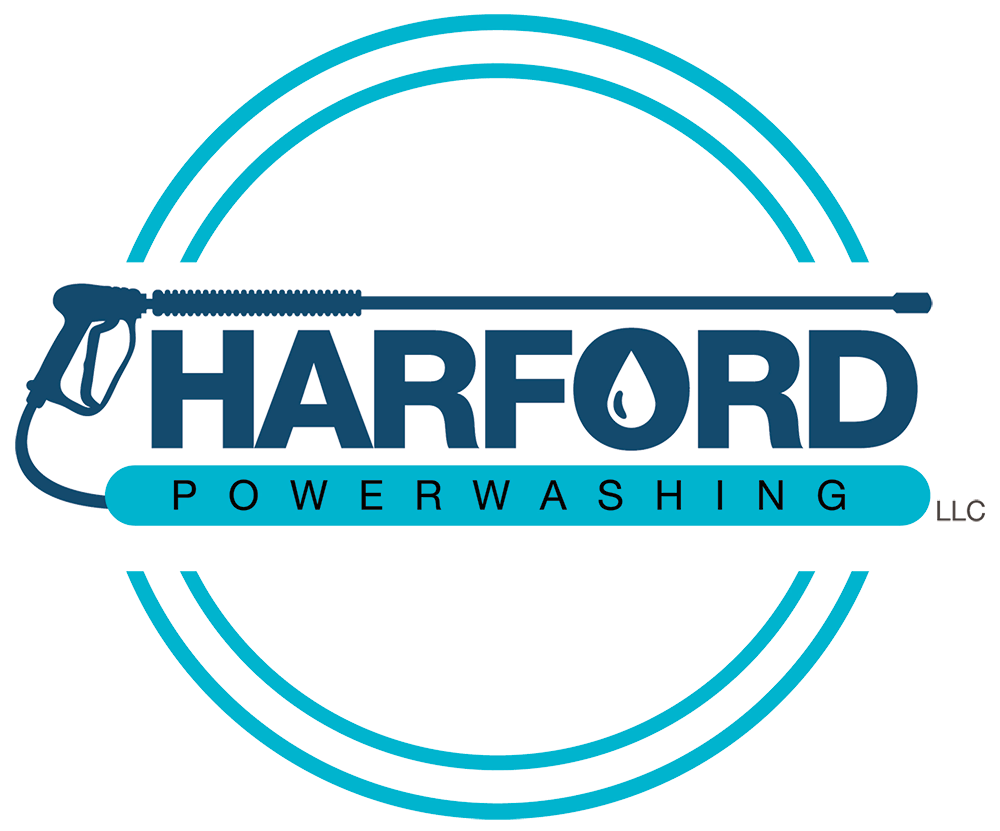How to Pressure Wash Paint off of Concrete
Maintaining the exterior of your home often involves tasks like removing old paint from concrete surfaces. In this comprehensive guide, we’ll delve into the art of pressure washing paint off of concrete. While this can be a rewarding DIY project, it’s essential to approach it with caution and thorough preparation. For complex tasks, considering professional assistance is advisable. Nevertheless, for those determined to take on the challenge, here’s a detailed guide on how to pressure wash paint off of concrete.
Answering the Question: How to Pressure Wash Paint off of Concrete
Things To Keep In Mind Before Pressure Washing Paint Off of Concrete
Before diving into the pressure washing process, it’s essential to consider several factors to ensure a safe and effective operation.
Know the Type of Surface You’re Working With
Identifying the type of surface is paramount. Pressure washing is suitable for concrete, decks, stucco, wood, various masonry, and fences. However, it’s not recommended for window cleaning due to safety concerns. Wear protective goggles and clothing when operating a power washer to ensure safety, especially when removing paint from exterior surfaces in Harford County, MD.
Know the Type of Paint You Want to Remove
Understanding the type of paint on your surfaces is crucial. Most exterior projects use latex- or water-based paint, which is easier to remove than oil-based paint. Water-based paint often appears thinner when dry and may show textures underneath, while oil-based paint is less transparent and doesn’t peel easily.
Select the Correct Pressure Washer
Choosing the right pressure washer is vital for effective paint removal. A power washer with a psi (pressure per square inch) of 2000 or higher is recommended. For paint stripping, a psi closer to 3,000 may be necessary. Select a 15-degree nozzle for paint stripping, as it offers a strong spray without damaging the surface.
Monitor the Pressure
Before starting, ensure you have the right pressure setting to remove the paint without damaging the surface. Test an initial pressure setting in an inconspicuous area. Oil-based paint typically requires higher pressure than most latex house paints.
Never Forget About Safety
Pressure washers are powerful tools, and safety should be a top priority. Always keep the wand directed downward, wear proper safety gear, avoid enclosed spaces with gas-powered washers, and be cautious of your surroundings.
How To Pressure Wash Paint Off Of Concrete
Professionals often use pressure washers with water heaters to remove paint stains. While this might be an investment, a DIY approach can replicate this method with hot water.
Steps:
- Safety First: Don all safety gear, including gloves, pants, a long-sleeved shirt, eye protection, a respirator mask, and a hat. Protect surrounding structures with plastic sheeting.
- Apply Paint Thinner (Optional): If desired, apply paint thinner to the stained area. Allow it to sit for several minutes to break down the paint’s bond with the concrete.
- Adjust Pressure Washer: Set the pressure washer to 2,500 to 3,000 PSI and fit the wand with a 15-degree nozzle. Hold the nozzle about 12 inches from the ground, starting from the stain’s closest edge, and spray back and forth.
- Repeat If Necessary: In some cases, the entire paint stain will come off in one piece. In others, it may break down into smaller pieces. If needed, apply another round of paint thinner before spraying again.
Why Call Harford Powerwashing For Expert Pressure Washing Services In Harford County
Over time, contaminants like algae, mold, mildew, and dirt can accumulate on house siding. Harford Powerwashing offers expert pressure washing services in Harford County, Maryland, bringing out the best in your property with their soft washing service. As a family-owned and operated business, they provide reliable and professional staff for residential exterior power washing. Trust Harford Powerwashing to turn your house into a beacon of curb appeal.
Embark on your pressure washing journey with care and consideration. While this guide provides valuable insights, consulting with professionals is recommended for complex tasks to ensure safety and optimal results.

